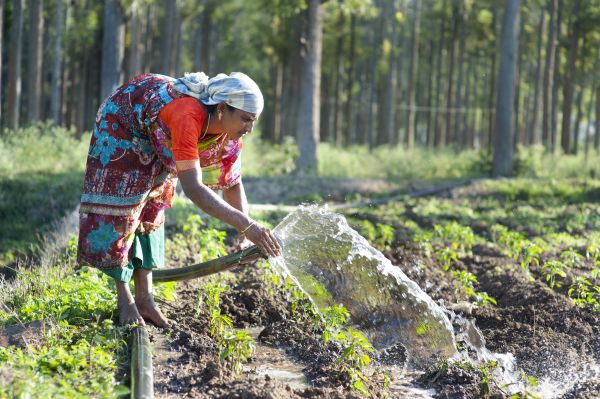 |
| Image Source: adotz.net |
And one of Fulbright’s grants is the Fulbright-Nehru scholarship awarded by the United States-India Educational Foundation (USIEF). The USIEF was one of the first bi-national commissions established to run the Fulbright Program. Since the agreement was signed by Prime Minister Jawaharlal Nehru and U.S. Ambassador to India Loy Henderson on February 1950, the USIEF has awarded over 17,000 grants in a broad range of academic disciplines.
Grants for Indian citizens include:
• Fulbright-Nehru Master’s Fellowships that allow scholars to pursue a master’s degree program at selected U.S. colleges and universities in the areas of arts and culture management, environmental science, higher education administration, public health, urban and regional planning, and women’s and gender studies.
 |
| Image Source: phdfriend.com |
• Fulbright-Nehru Doctoral Research Fellowships for scholars who are registered for a Ph.D. at an Indian institution. Among the fields of study are agricultural sciences, public health policy and management, and urban and regional planning.
Meanwhile, scholarships for U.S. citizens include:
• Fulbright-Nehru Student Research that encourages recent college graduates, master's and doctoral candidates, and young professionals and artists to visit India for nine months for personal development and international experience. All disciplines will be considered, but priority will be given to scholars in the fields of agricultural sciences, economics, and education among others.
 |
| Image Source: plus.google.com |
• Fulbright-Nehru English Teaching Assistantship program that offer opportunities to graduating seniors, recent graduates, or masters' students to teach conversational English and some composition to middle and high school students in India.
CKGS handles all Fulbright-Nehru research visa application in the U.S. sent via post. More information about the visa application process and requirements can be accessed here.

















